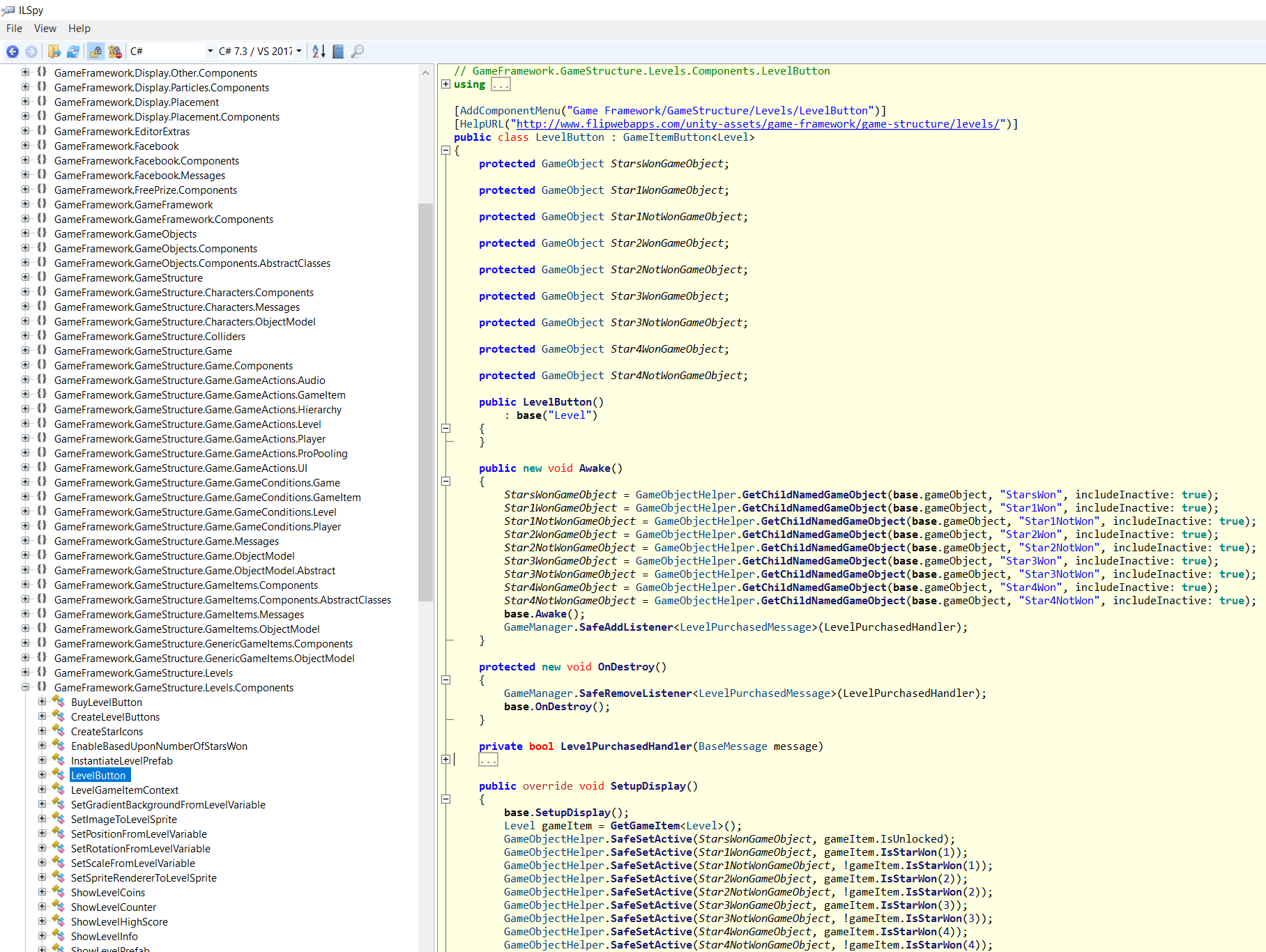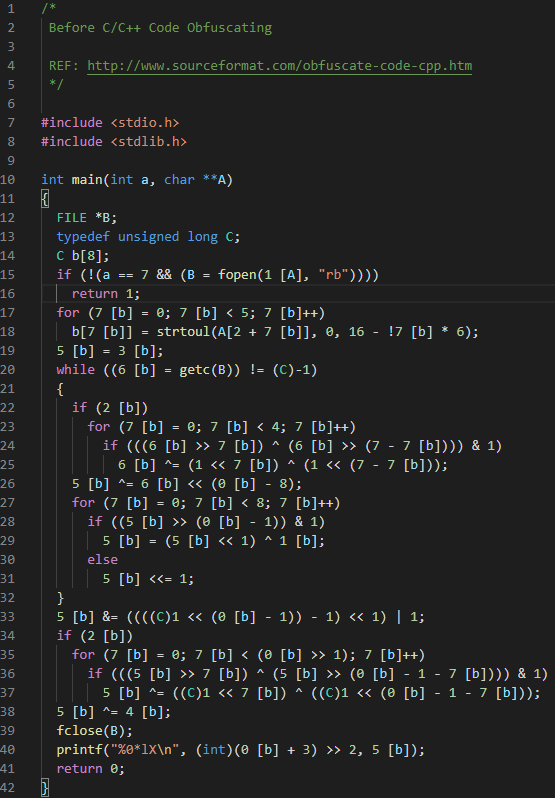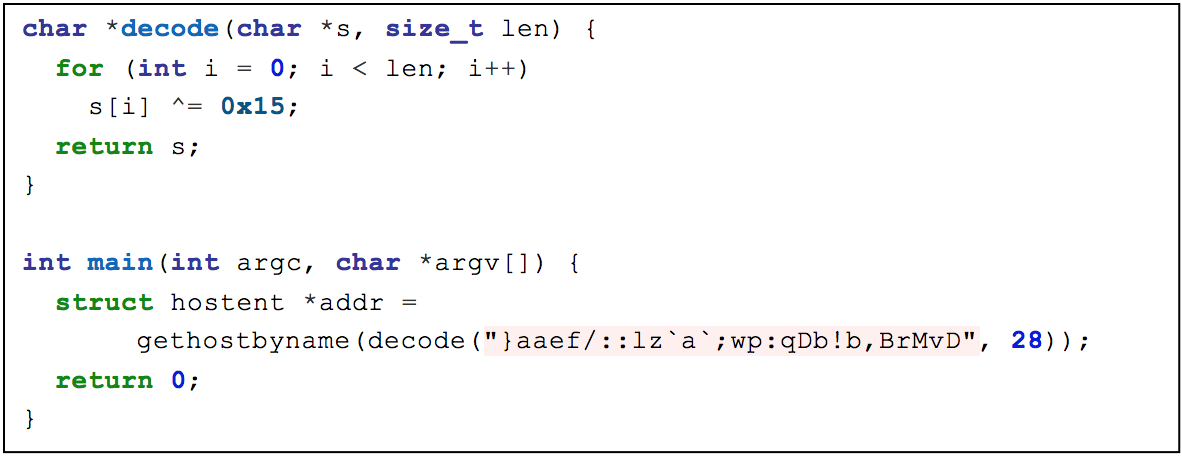

Where the source code of a program must be sent to the user, for example JavaScript in a web page, any trade secret, licensing mechanism or other intellectual property contained within the program is accessible to the user. In antique run-time interpreted languages (more commonly known as script), like older versions of BASIC, programs executed faster and took less RAM if they used single letter variable names, avoided comments and contained only necessary blank characters (in brief, the shorter the faster). In such use-cases, minification (a relatively trivial form of obfuscation) can produce real advantages. The smaller they are, the faster the download. The scripts used by web-pages have to be sent over the network to the user agent that will run them. Advantages of obfuscation Faster loading time Some Python examples can be found in the official Python programming FAQ and elsewhere. This slowly displays the text "Just another Perl / Unix hacker", multiple characters at a time, with delays.

* LEAST LIKELY TO COMPILE SUCCESSFULLY: Ian Phillipps, Cambridge Consultants Ltd., Cambridge, England */ #include main ( t, _, a ) char * a %p $_ = $d sleep rand ( 2 ) if /\S/ print This is a winning entry from the International Obfuscated C Code Contest written by Ian Phillipps in 1988 and subsequently reverse engineered by Thomas Ball. These are JAPHs (" Just another Perl hacker"). Short obfuscated Perl programs may be used in signatures of Perl programmers. double coding, which can be displaying code in poetry form or interesting shapes.



 0 kommentar(er)
0 kommentar(er)
